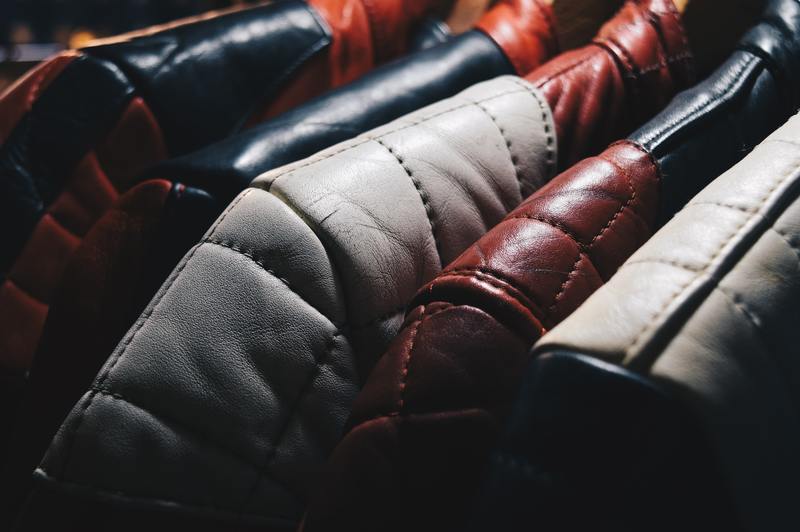From simple wiping to precautions that you may follow to maintain shiny and not stiff leather, learning how to repair water damaged leather will be a breeze. If you ever have water spill accidentally on your leather bag, shoes, or jacket, all you need is a few simple steps to prevent the situation from happening.

Wet Leather
When you have wet leather, it shouldn’t be too hard to rescue it from further damage. You have to keep in mind three simple things: patience, a tiny portion of grease, and timing. These elements will help protect your leather from wreaking your favorite briefcase, bag, or shoes.
Leathers that have water spilled on them don’t always need to be a significant problem to think about because most of the leathers have a protective layer that prevents the water from seeping through the material. The only downside to these water stains is the stiffness that it brings to the material.
Restoring
Furniture pieces or clothes made from leather can last a long time if you know how to care for them properly. When these make contact with water, they tend to become brittle, stained, and dried out. Leathers that are not porous may survive, but some are porous.
Suede, a very porous kind of leather, can easily be damaged if it becomes wet. There are different methods on how you can restore leather and save it from more damage when it comes into contact with water.
Water and the hazards it can bring
With water, it can carry many bacteria and microbial dirt that the eyes cannot see. You may think that water is clean, but you will change your mind if you get the chance to see it under a microscope.
When water comes into contact with leather, the material is prone to many potential dirt and microbes. Mildew and mold, a few of the microbes that may attach to it, might be tricky or impossible to remove. The best way to prevent these microbes from sticking to your leather is to keep it as dry as possible.
Leather with a dry stain
A leather with dried-up water stains will be a complex process of restoration for you. With this problem, you might want to gently wet the material’s surface from one seam to another on the area where it is stained. Through this, the first stain will disappear together with the smudge that you added.
Another method that you can use is by lightly dabbing a small amount of leather cleaner or alcohol. Although this cleaning method might be safer than the first, you still need to take care while doing it. Try to test this first on a hidden part of the leather before removing the stain.
Using specialized soap
Stains can either be easy or difficult to clean. In many cases, you can buff this with a specialized soap.
You may use a type of soap intended for horse saddles when you try to remove water stains. It would help if you first dried out the blemish and the area around it before you lather it up with a soft sponge and the soap.
With the sponge in hand, gently pat the area and repeat if the stain doesn’t go away until you can no longer see it. If the leather accumulated mildew and mold, use a nail brush to buff it off carefully.
Repeat this process until you cannot visibly see the mold or mildew. If the area starts to fade after cleaning it, use a special leather dye for the color restoration.
Precautions
If you spill some water on your couch, wipe the excess water and let the rest dry up. Couch leathers tend to have a special coating that keeps water from seeping through the material.
Aside from putting your trust in the special coating, it is still best to clean and protect your choice on the leather.
Some might use water when cleaning leather furniture, and it is acceptable, but you must use distilled water instead of tap water. Tap water may have contaminants in it, and it may damage the material due to rust and other dirt in the water.
Safeguarding the leather
After cleaning the material, it is best to make sure that the problem won’t happen again. To ensure this, you must use a conditioner or protective covering to maintain its shine and protect it from stains in the future.
Leather conditioners explicitly made to protect your leather from water damage can be seen in the market. These have ingredients such as beeswax, silicone, and mink oil.
Keep in mind to look for these ingredients when you look for conditioners. They can protect and keep the leather looking good as new both at the same time.
Conclusion
Knowing how to repair water damaged leather, you can now keep your leather furniture in excellent condition without worrying about water stains destroying them. Remember the precautions noted to protect your leather and the ways on how to restore it.
